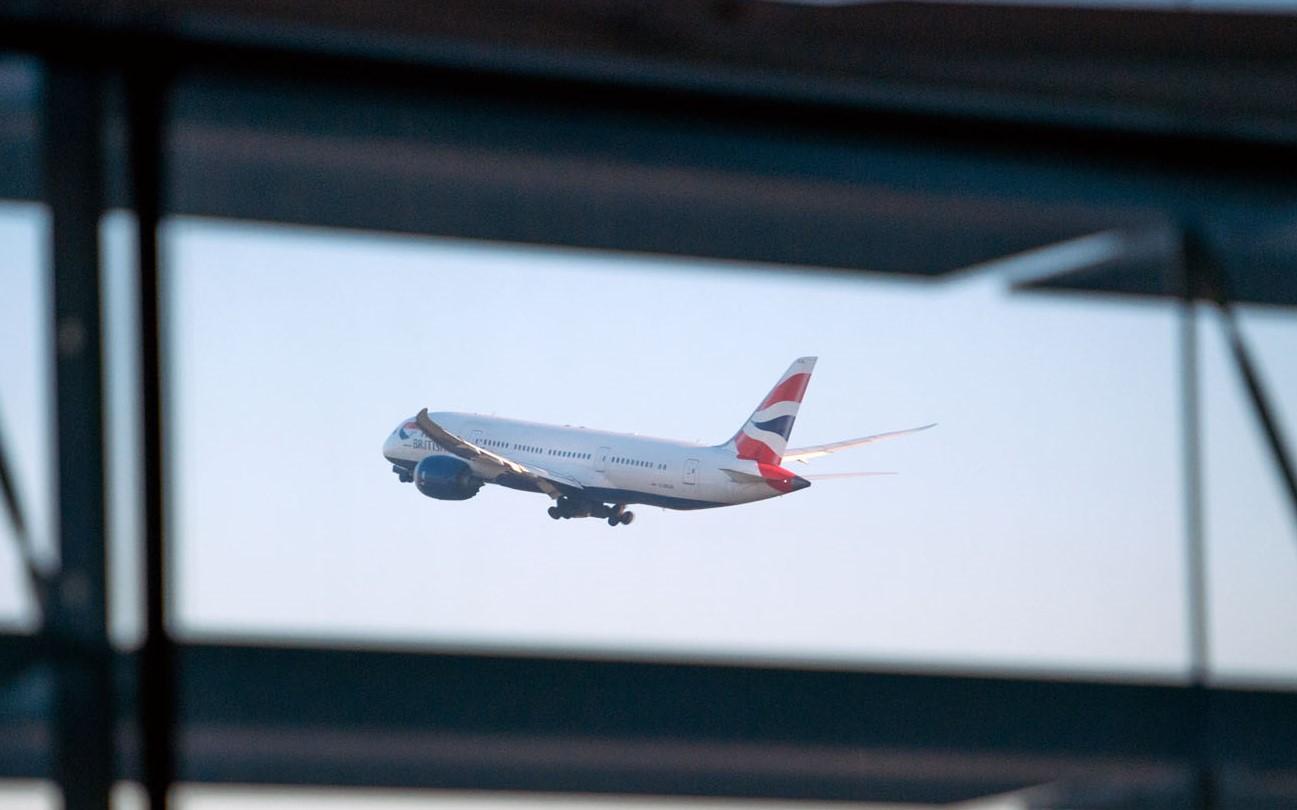At the first stage of an Airspace Change Proposal (ACP), an airport needs to set some Design Principles. Design Principles encompass the objectives that the airport seeks to achieve through the airspace change, and they help the airspace designers to create and compare different flight path design options.
Design Principles include policy, safety, environmental and operational factors. Some are core requirements that we need to include, such as Government policy, but there are other options and trade-offs to choose between when designing future flight paths. The Design Principles must also consider the local context for the airspace change to take account of priorities within the area affected, so a new set of Design Principles is developed for each ACP.
Heathrow developed design principles for this airspace change in collaboration with representatives from local communities and other stakeholders, as required by the CAA’s airspace change process. Our design principles are shown below. These will be used to compare different flight path design options.
| Final Design Principles | |
| Our new airspace design must | Be safe |
| Remain in accordance with the CAA's published Airspace Modernisation Strategy and any current or future plans associated with it and all other relevant UK policy, legislation and regulatory standards (for example, Air Navigation Guidance). This includes preventing any worsening of local air quality due to emissions from Heathrow’s aircraft movements, to remain within local authorities’ limits | |
| Use noise efficient operational practices to limit and, where possible, reduce adverse impacts from aircraft noise | |
| Reduce the contribution to climate change from CO2 emissions and other greenhouse gas emissions arising from Heathrow’s aircraft activities | |
| Enable Heathrow to make the most operationally efficient and resilient use of its existing two runways, to maximise benefits to the airport, airlines and cargo handlers, passengers, and local communities | |
| And should also | Provide predictable and meaningful respite to those affected by noise from Heathrow's movement |
| Seek to avoid overflying the same communities with multiple routes including those to/from other airports | |
| Contribute to minimising the negative impacts of night flights | |
| Keep the number of people who experience an increase in noise from the future airspace design to a minimum | |
| Keep the total number of people who experience noise from the future airspace design to a minimum | |
| Enable the efficiency of other airspace users' operations | |
| Minimise the impact to all stakeholders from future changes to Heathrow’s airspace |
See Heathrow's public submission on the CAA'sairspace change portal

